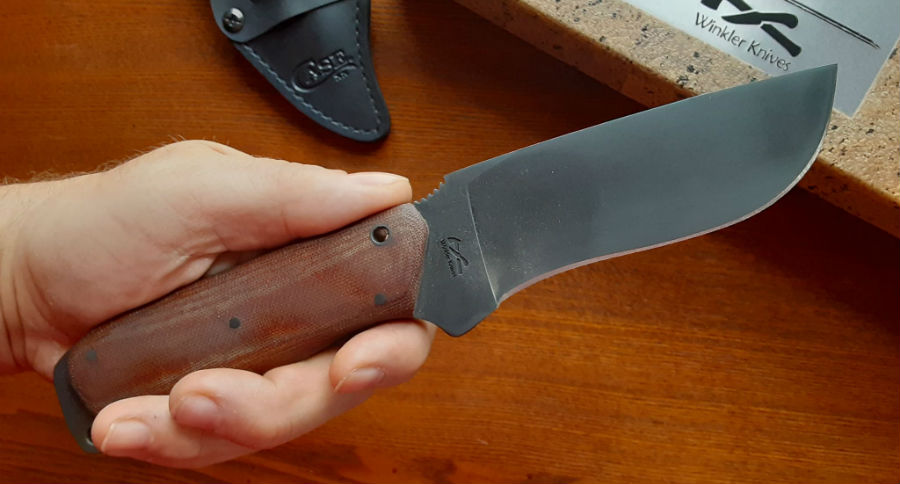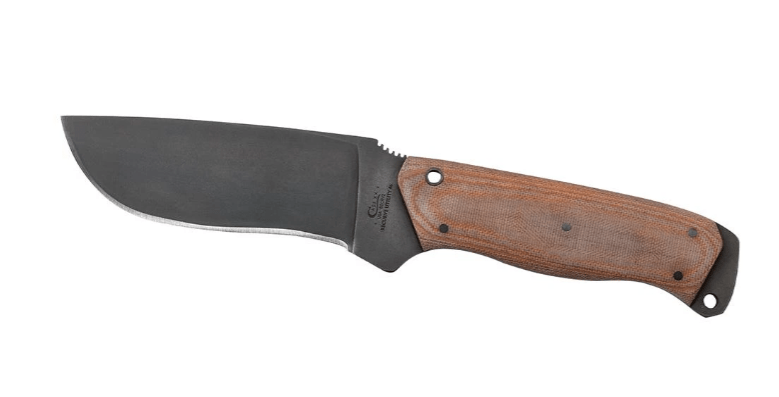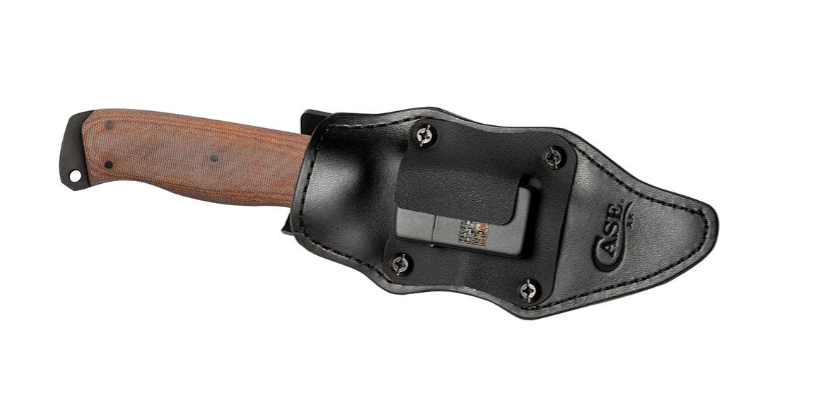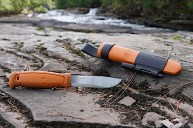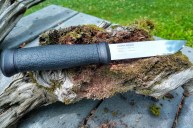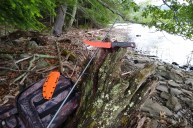Here's our review of the Case Winkler Recurve Utility No. 6 knife, a do-it-all sort of blade.
For a good chunk of the past year I've been carrying and using a fixed blade knife produced by W.R. Case & Sons Cutlery Co., called the Winkler Recurve Utility No. 6.
It's gone with me on hunting, fishing, hiking and camping outings. I have found it to be a remarkably stout and reliable knife for a multitude of tasks, as well as one that is unobtrusive and comfortable to carry.
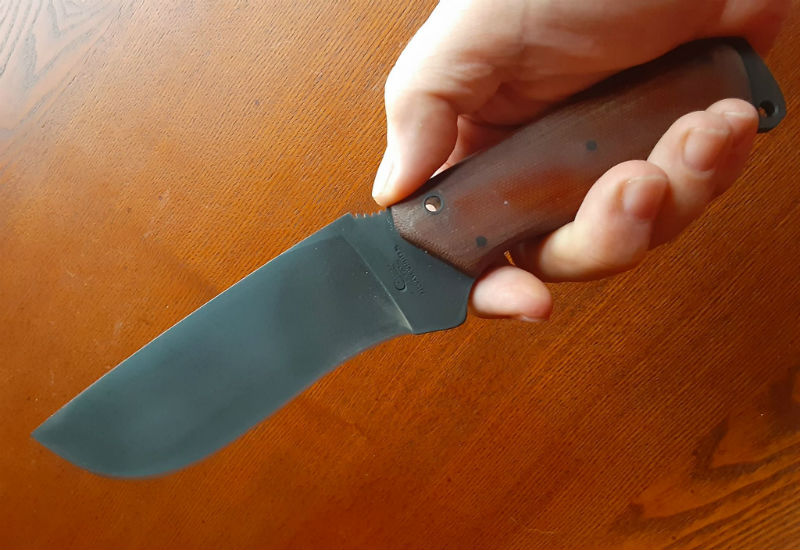
Before I get into my personal assessment of the knife, it's worth telling a little of the story behind this rugged knife design. The knife is part of Case & Sons' American Heroes series. Its production is a collaboration between what's often recognized as Case XX and Winkler Knives.
Case Winkler Recurve Utility No. 6 Background Info
Master Bladesmith Daniel Winkler has decades of award winning knife design and production experience under his belt, making both historical reproductions for Hollywood and practical edged weapons for U.S Military and Allied Forces around the world.
Case and Winkler enlisted retired Navy SEAL Harry Bologna to co-design the Recurve Utility No. 6. Bologna's life is the kind of story that inspires and lends serious psychic weight to the production of this blade. A U.S. Navy SEAL for 22 years, Bologna served and executed hundreds of special operations in high threat enemy territory. In 2015 he lost both of his lower legs to an IED in Afghanistan.
A testament to his determination and grit, Bologna spent more than a year of rehabilitation and recovery to successfully return to an active outdoor lifestyle of hunting and fishing.
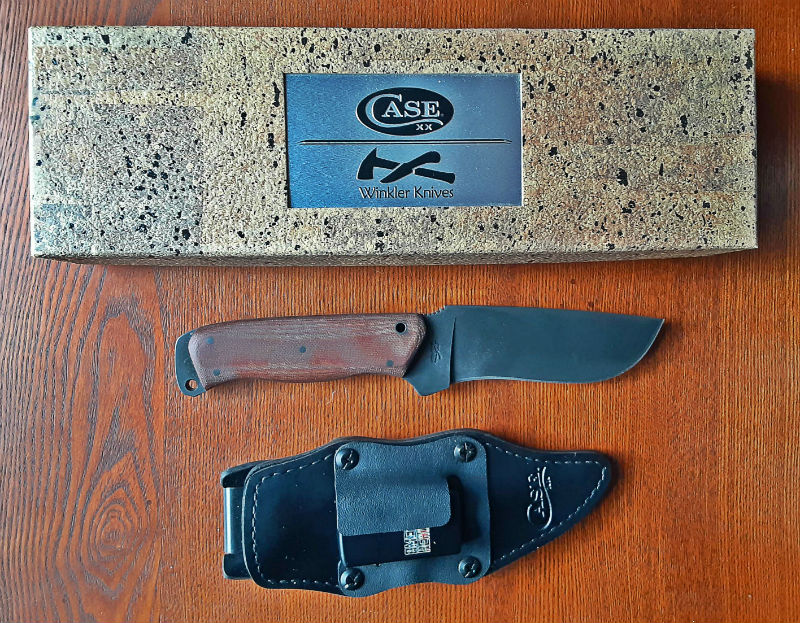
"It was incredibly humbling to be selected as the next collaborator in the American Heroes Knife Series, working alongside Case and Winkler Knives to create a product that not only takes inspiration from my time serving in the military, but from my childhood experiences fishing, crabbing, and hunting in Louisiana," Bologna said in Case's press release.
I know it sounds a little corny, but knowing that this brave veteran had a personal hand in designing this knife, gave me a sense of gratitude and pride every time I removed it from its sheath, pride also because the knife is 100% made in America. But that doesn't mean I didn't use and abuse it. I did—and it performed commendably in almost everything I put it through.
It's a perfect bushcraft knife, cutting and carving sticks for cooking spits, campfire tripods and tent stakes, chopping medium size trees, batoning firewood (something I try to avoid with a knife), slicing bark, cutting rope and more. The knife's spine is mostly straight (not exactly a drop point), but as the name Recurve Utility implies, the edge curves sharply as it approaches the tip of the blade, creating a blocky appearance with a gently sweeping cutting edge. The knife's overall length is 9 5/8-inches with 4 3/4-inches of that being flat ground cutting edge.
The 80CRV2 carbon steel blade is tough and maintains an edge for a good long time. After using it for a few days in the field I could still shave my arm hair with it. This blade material is reportedly a favorite of Daniel Winkler. It's also been touted as a great steel for heavy chopping knives and is a popular one among independent knife makers.
The blade has gimping on its spine that helps with finer control and safety for whittling or sharpening sticks to spit a rabbit or squirrel over a fire. The handle is a canvas laminate that fits in the hand comfortably and securely. In my applications I never found it too slick when wet.

This is really a utility tool, designed for hard and heavy use, rather than a fine skinning blade. Although I imagine it would do well as a big game skinner, given its recurve blade shape design and ability to hold a sharp edge, but I didn't get the opportunity to try that this year.
It was serviceable though a little cumbersome in skinning small game like squirrels and rabbits, and frankly the one time I tried to fillet a fish (northern pike) with it convinced me that my standard fillet knife was the better choice. You can do it, but the blade thickness—a hair more than a full quarter inch—is not conducive to smoothly making great fish fillets. It worked well when quartering small game, or scaling and beheading panfish the old school way, and has the heft to easily cut through bone.
The literature that came with the knife indicated that the wide pommel could be used for pounding stakes. I normally bring a hatchet or axe for pounding anything, but gave the knife a brief trial with a stake just to see. It worked well enough, but I think that the knife's hefty three-quarter-pound weight and thick spine is what really makes it useful for pounding things.
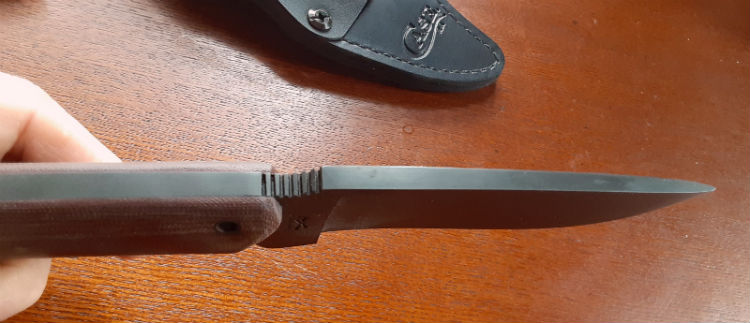
It's thick enough and sports a full tang design so that you could, I suppose, also use it as a prying or digging tool if need be, but I couldn't bring myself to do either of those with this fine knife. It does have a tough black oxide finish, which helps protect the blade from signs of abuse.
The sheath for the Recurve Utility No. 6 is really incredible. I'm guessing that a fair percentage of the $395 price tag for this knife comes from the manufacture of the sheath. It's a compact, leather thermoplastic lined sheath, with each sheath being hand-formed for each individual knife. That is, it's a Kydex inner sheath sandwiched inside of a heavy black leather outer sheath, with a metal belt clip.
The knife also comes with additional screws that allow you to modify the way you carry the knife, either vertically or horizontally on either the left or right side.
One exceptionally interesting feature of this knife is that the sheath also boasts a piece of Kydex on its front that holds a small Zippo lighter (the Zippo lighter is included with the package). This is a feature designed by Harry Bologna, who believes that having the means to start a fire is paramount when in the great outdoors.
I've never had much luck with Zippo lighters—they seem to run out of fuel and don't light reliably or consistently. But I love this feature. If only Zippo would create a more foolproof, truly windproof lighter. You may have better luck than me with these iconic lighters.
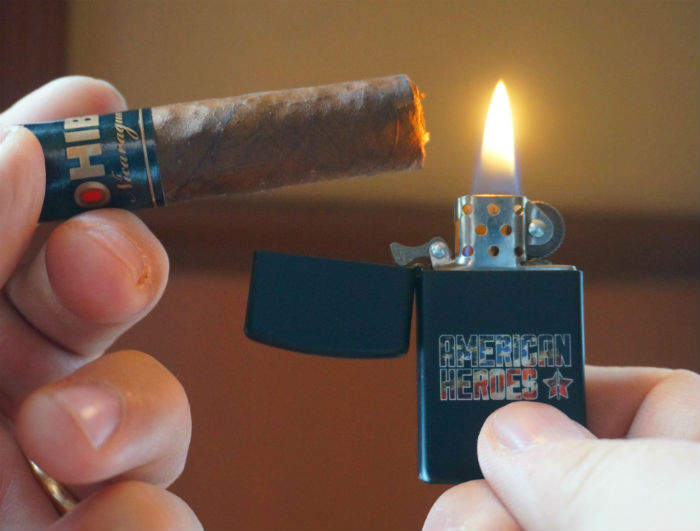
Finally, I should mention that the knife handle boasts two lanyard holes, one in the butt and one just behind the gimping at the front of the handle. I understand that this was done, at least in part, in order to allow for a paracord wrapping around the handle. I didn't make use of this feature but it's an interesting option.
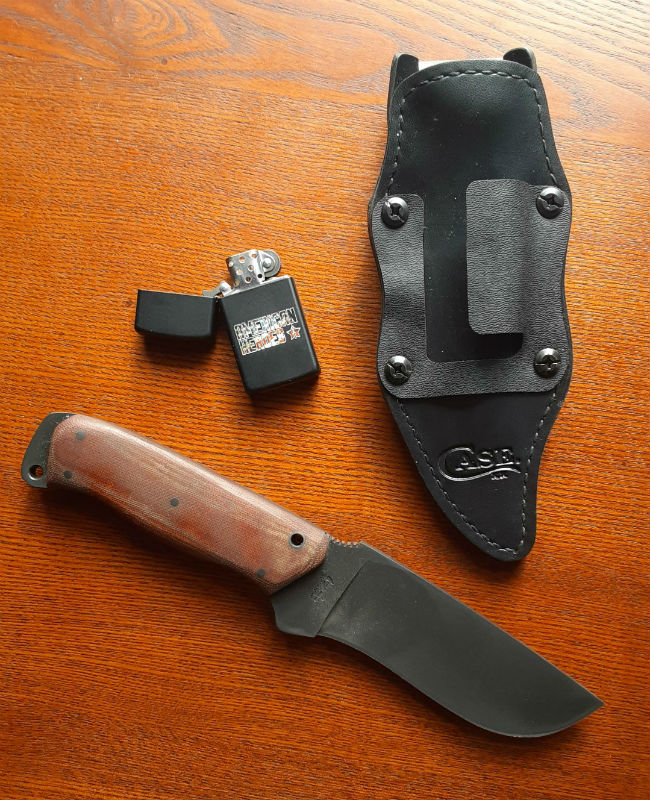
In conclusion, this is a beautifully designed and ruggedly built heavy-duty camp or survival knife. Because of its thickness, weight, blade design and steel you can do just about anything with this blade (carving, skinning, chopping, fire making, pounding, digging, prying), although some things would admittedly be better served with a thinner, more pointed blade blade.
The sheath is just as sturdy and strong, and has some very unique features (multiple carry options; holds a Zippo lighter).
The $395 price tag for the Case Winkler Recurve Utility No. 6 isn't budget friendly, but if you can afford it, you will have one heckuva knife that will serve you well for a lifetime of hard use.
Like what you see here? Enjoy more articles and photographs about the great outdoors at the Facebook page, Stumpjack Outdoors.
NEXT: WORK SHARP KNIFE OF THE MONTH: THE SPYDERCO MILITARY TITANIUM FLUTED
WATCH
